If agriculture in the valley is going to survive, water leaders need to get cozy with new ideas and new allies.
And, yes, that means environmentalists.
“Historically, water supplies have been developed in a vacuum,” said Eric Averett, General Manager of Rosedale-Rio Bravo Water Storage District, at the Water Association of Kern County’s annual day long Water Summit Wednesday.
That doesn’t work any more.
“All interested parties need to be stakeholders, including environmentalists,” he said to the hundreds of farmers, water mangers and others gathered in the Mechanic’s Bank Arena.
Averett was part of the kick off panel, along with consultant Scott Hamilton, that looked at the bleak reality that there is “No. New. Water,” as Averett said repeatedly, to help valley farmers replenish groundwater under the state’s new Sustainable Groundwater Management Act.
The Kern subbasin alone is overdrafted by 350,000 acre feet a year, he said. “There is no local solution large enough,” to fill that hole.
That means locals must reach out to others in the region, including environmental groups, to find innovative solutions that benefit more than just a single water interest.
For example, Rosedale partnered with Irvine Ranch Water District to develop a groundwater recharge/bank near the Kern River. It was able to get $86 million in Senate Bill 1 state funding for the $171 million project by promising to give 25 percent of the water to environmental needs.
“So, environmental groups are a stakeholder in making sure our project succeeds,” Averett said.
There were multiple examples given throughout the day of similar joint projects, from using rice fields to grow bugs for baby salmon, to flooding other farm fields for temporary habitat for migrating birds.
Farmers got water, fish and fowl got a boost and no one went broke doing it.
Speakers encouraged summit attendees to work with larger, more diverse groups to find similar opportunities.
“There is no silver bullet,” said keynote speaker Armando Quintero, chair of the California Water commission. “What we need is silver buckshot. We need a bunch of solutions that work together.”
One of the possible solutions that got a lot of attention at the summit was the Water Blueprint for the San Joaquin Valley.
Hamilton explained that the blueprint is more of a process than an actual paper or report.
It’s goal is to bring 2.5 million acre feet of water into the valley from the Sacramento-San Joaquin Delta during high flow years in ways that don’t harm native fish and help recharge valley groundwater.
The blueprint idea, which began with the Friant Water Authority, has been circulating among valley water interests for about two years.
But many people, including Quintero and former State Water Resources Control Board Chair Felicia Marcus, who was also on a panel at the summit, said they hadn’t yet seen the plan with the kind of details presented by Hamilton.
Both said they were impressed with Hamilton’s blueprint presentation and wanted to learn more.
The basic idea is to capture water that’s excess to environmental needs during winter and spring storms.
The blueprint conceptualizes building perforated pipes beneath a layer of gravel through the delta and attaching them to pumps that could be used during high flow events. The pipes would be operated at a low velocity so they wouldn’t suck up any fish, as happens now with the massive pumps near Tracy.
Another dead end, literally, for many native fish, is that reverse flows caused by pumping can pull them into box canyons where they can’t get out and die. Under the blueprint, water diversion areas would be open-ended allowing fish to travel through the delta naturally.
In order to move that delta water into the valley and aid in groundwater recharge, the blueprint envisions a series of new earthen canals depending on “landowners’ willingness to pay” and 100,000 acres of new recharge ponds.
“Traditional projects are very expensive,” Hamilton said, explaining that the blueprint would “piggyback” off existing unused facilities. “The California Aqueduct and Delta-Mendota Canal don’t run at full capacity in winter and spring.”
Importantly, he said, the blueprint doesn’t advocate any new storage, such as a reservoir.
Though ideas are starting to gel, Hamilton said costs haven’t been worked out yet but would be coming soon, perhaps later this week. In an interview later, he ballparked full build-out costs at possibly $5 billion.
Many of the blueprint concepts were submitted to Gov. Newsom’s office last fall for inclusion in his Water Resilience Portfolio, which came out in draft form in January. A final version of that report is expected out later this month.
When asked what the chances were for the blueprint’s success, Hamilton gave it “50-50.”
“Two months ago, I would have said 25 percent,” he said.
Since then, he said, several reports have shown the dire future the valley faces without some kind of improved water delivery program.
The most recent, by U.C. Berkeley Economics Professors David Sunding and David Roland-Holst, showed the state’s new groundwater law could result in one million acres being fallowed. That would result in job losses of 85,000, among other consequences, according to the report.
Share this:
- Click to share on Facebook (Opens in new window)
- Click to share on Twitter (Opens in new window)
- Click to share on LinkedIn (Opens in new window)
- Click to share on Reddit (Opens in new window)
- Click to share on Tumblr (Opens in new window)
- Click to share on Pinterest (Opens in new window)
- Click to share on Pocket (Opens in new window)
- Click to share on Telegram (Opens in new window)
- Click to share on WhatsApp (Opens in new window)
- Click to print (Opens in new window)

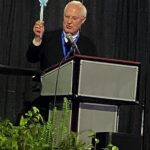




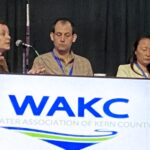




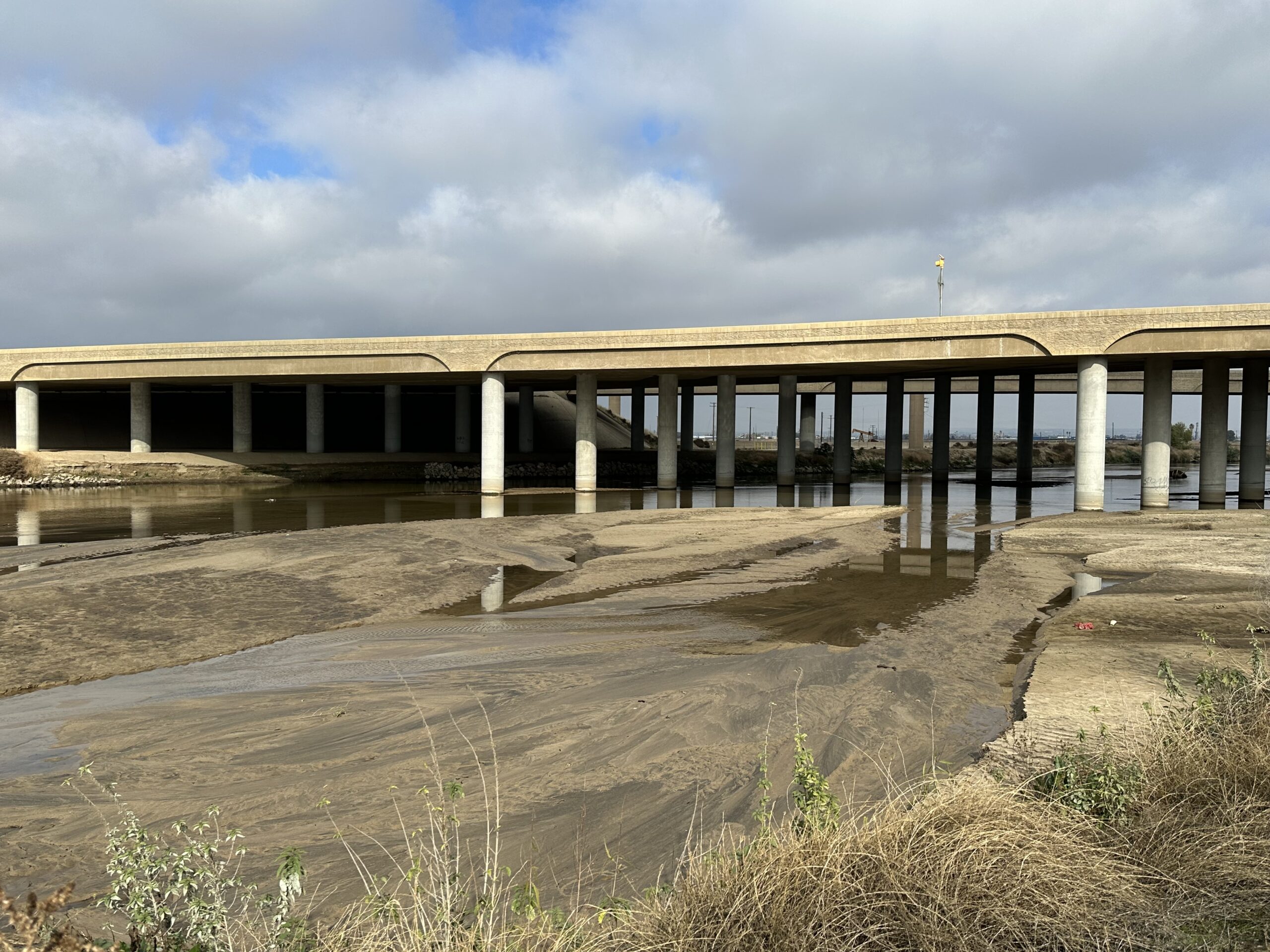
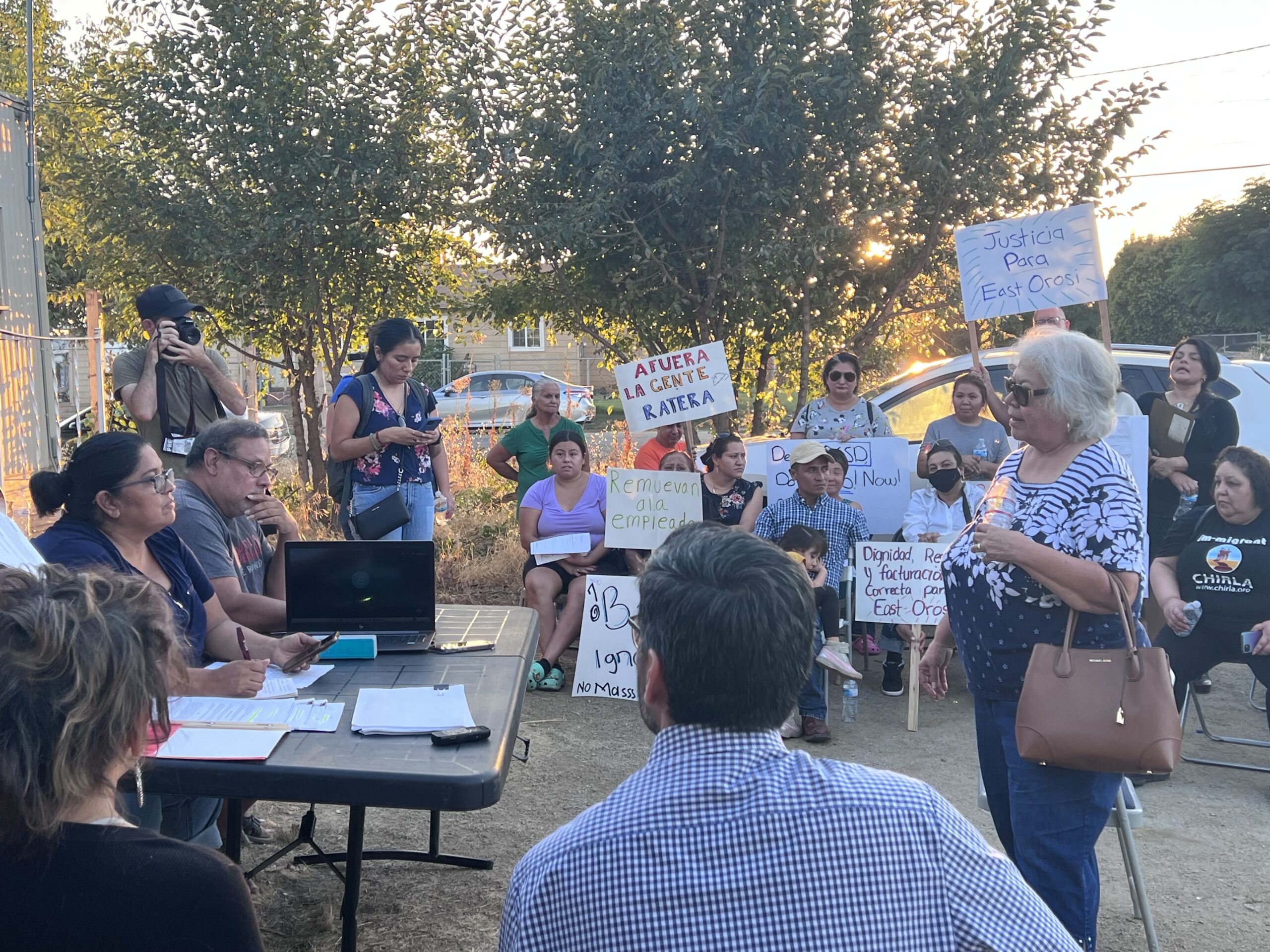
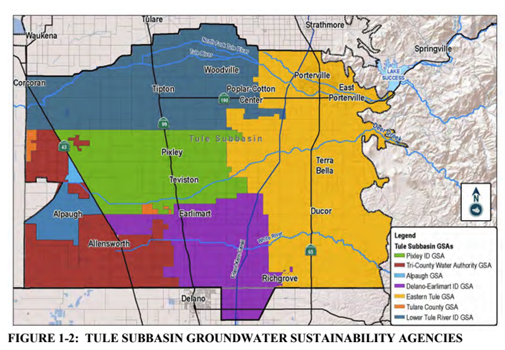
You must be logged in to post a comment.